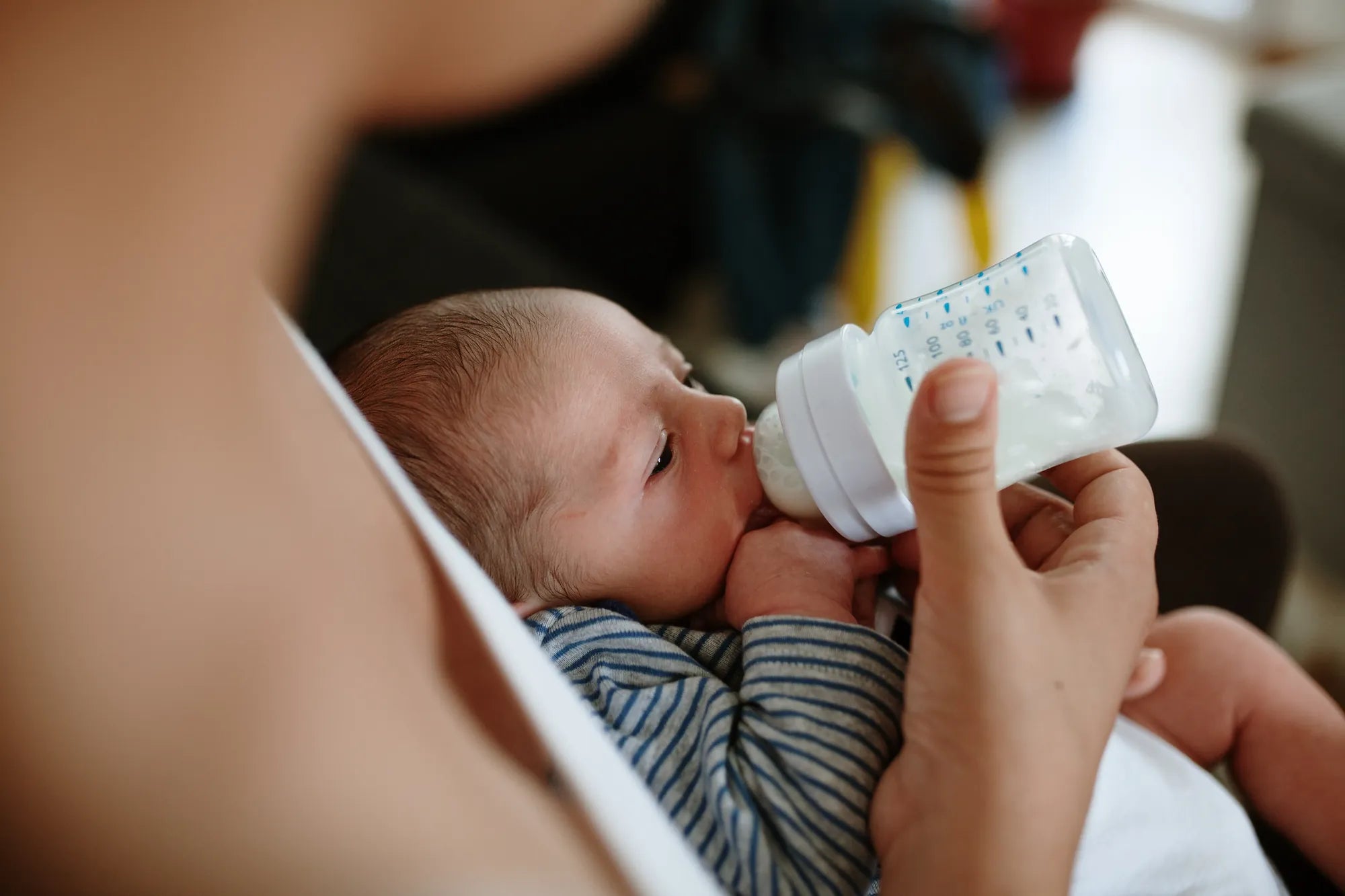Startseite
Pregnancy, Breastfeeding, and Pumping: The Ultimate Guide for Moms
Do You Need a Sterilizer for Breast Pumps? Essential Insights

Do You Need a Sterilizer for Breast Pumps? Essential Insights
When it comes to feeding your baby, ensuring their safety and health is paramount. Breast pumps are an essential tool for many mothers, but the question often arises: do you need a sterilizer for breast pumps? This article dives deep into the importance of sterilization, the risks of improper cleaning, and how to make the best decision for your family.
Why Sterilization Matters
Breast milk is a natural source of nutrition for infants, but it can also be a breeding ground for bacteria if not handled properly. Sterilizing breast pump parts is crucial to eliminate harmful microorganisms that could compromise your baby's health. While washing with soap and water is a good start, sterilization takes cleanliness to the next level.
The Risks of Skipping Sterilization
Failing to sterilize breast pump components can lead to contamination. Bacteria, mold, and other pathogens can thrive in the nooks and crannies of pump parts, especially in areas that are hard to clean thoroughly. This can result in infections or illnesses for your baby, which is why many experts recommend regular sterilization.
When Sterilization Is Most Important
Sterilization is particularly critical in certain situations. For example, if your baby is premature, has a weakened immune system, or is under three months old, their vulnerability to infections increases. In these cases, sterilizing breast pump parts becomes non-negotiable to ensure their safety.
Alternatives to Sterilizers
While sterilizers are highly effective, they are not the only option. Boiling breast pump parts in water for a few minutes can achieve similar results. However, this method requires careful attention to avoid damaging the components. Additionally, some parents opt for steam bags or microwave sterilization for convenience.
How Often Should You Sterilize?
The frequency of sterilization depends on how often you use your breast pump. For daily use, sterilizing once a day is generally sufficient. However, if your baby is particularly vulnerable or if you live in an area with hard water, you may need to sterilize more frequently to prevent mineral buildup and bacterial growth.
Tips for Effective Sterilization
To maximize the effectiveness of sterilization, follow these tips:
- Disassemble all parts of the breast pump before cleaning.
- Use clean, filtered water to avoid mineral deposits.
- Follow the manufacturer's instructions for your sterilizer or method of choice.
- Allow parts to air dry completely before reassembling or storing.
Making the Decision
Ultimately, whether you need a sterilizer for breast pumps depends on your specific circumstances. Consider factors like your baby's health, your lifestyle, and your budget. While sterilizers offer convenience and peace of mind, they are not the only way to maintain hygiene. The key is to prioritize cleanliness and take steps to protect your baby from potential harm.
Ensuring your breast pump is clean and safe is a small but significant step in your parenting journey. By understanding the importance of sterilization and exploring your options, you can make an informed decision that keeps your baby healthy and happy. Don't let uncertainty hold you back—take action today to create a safer feeding environment for your little one.
Teilen

